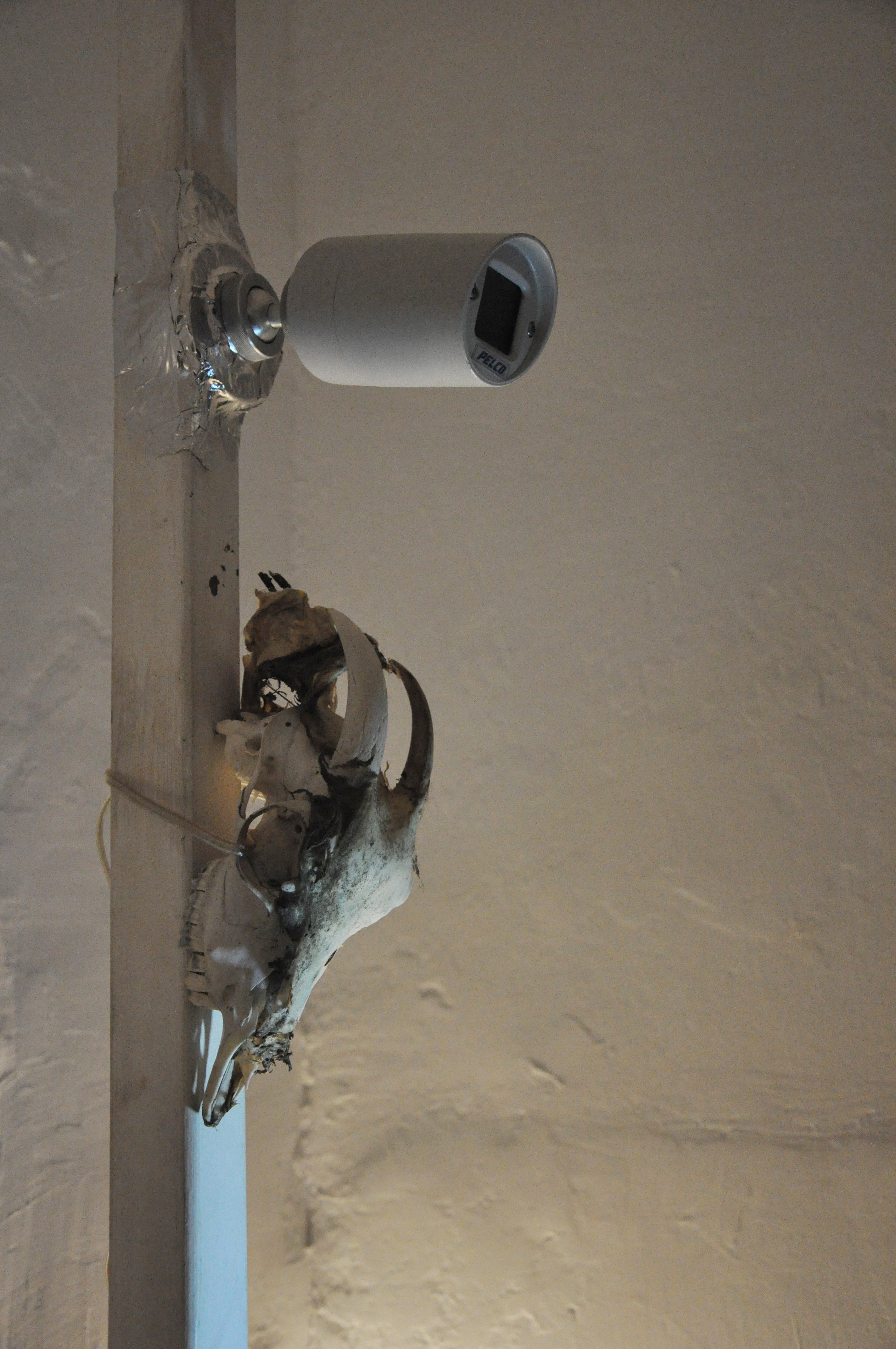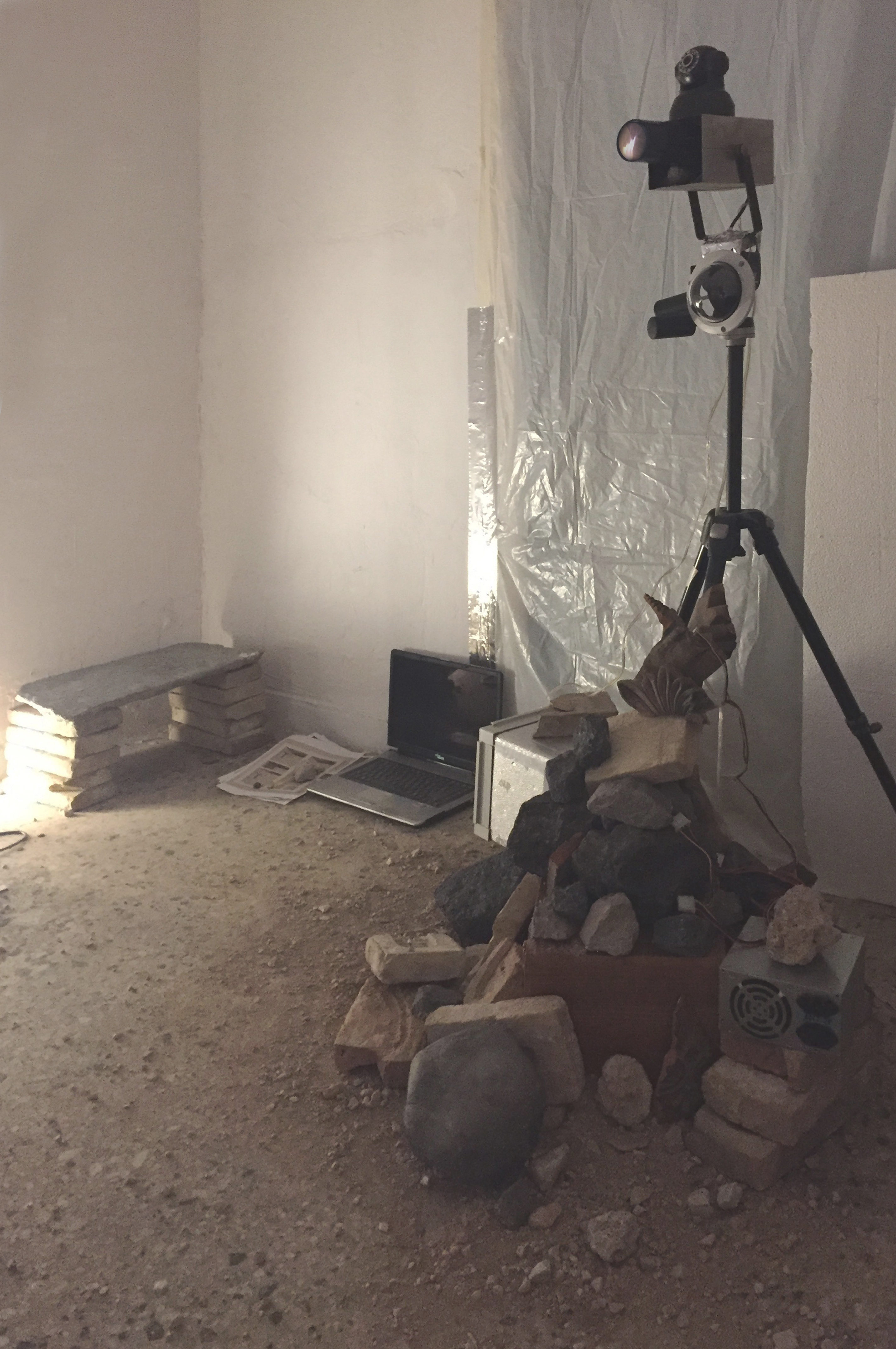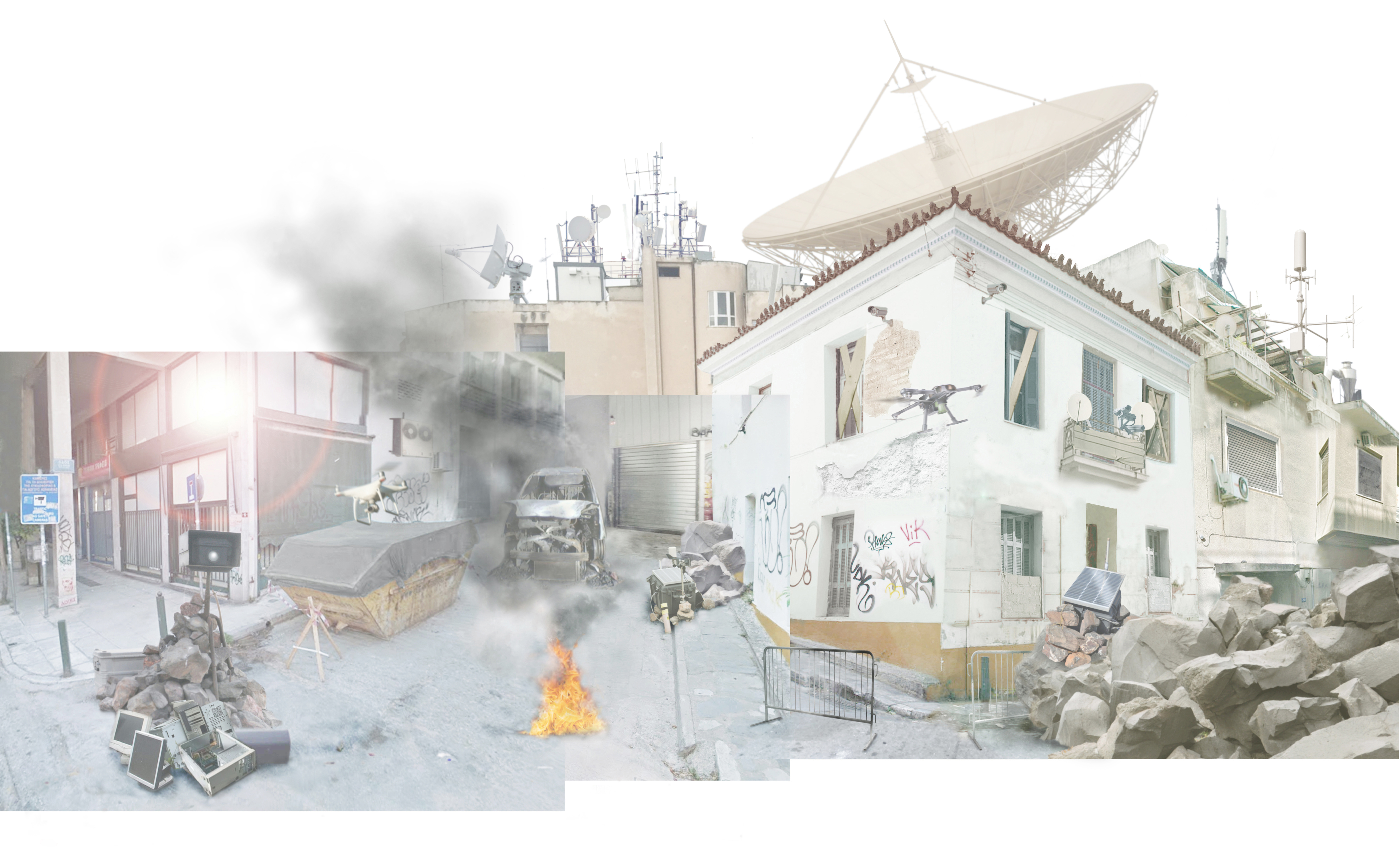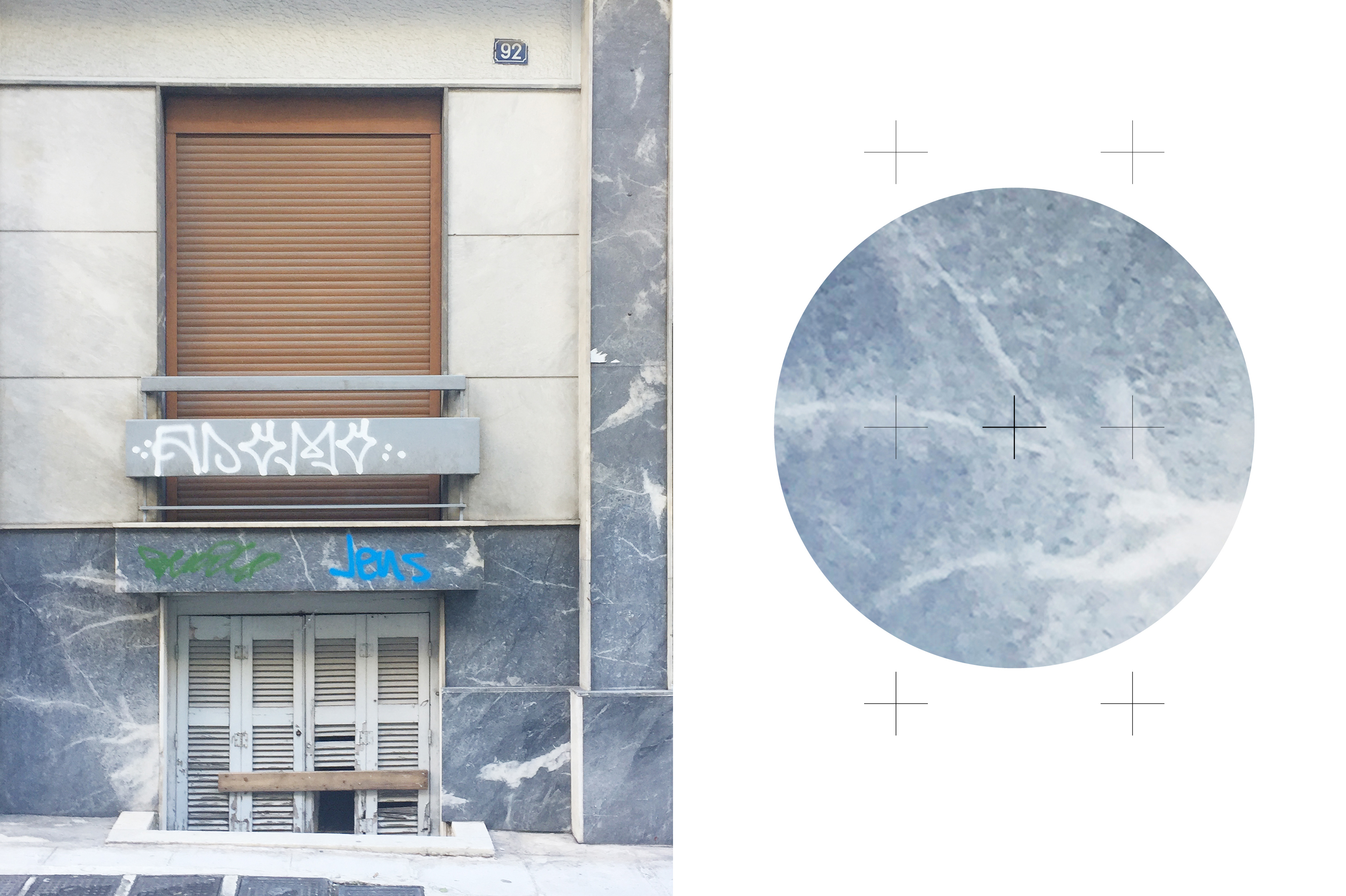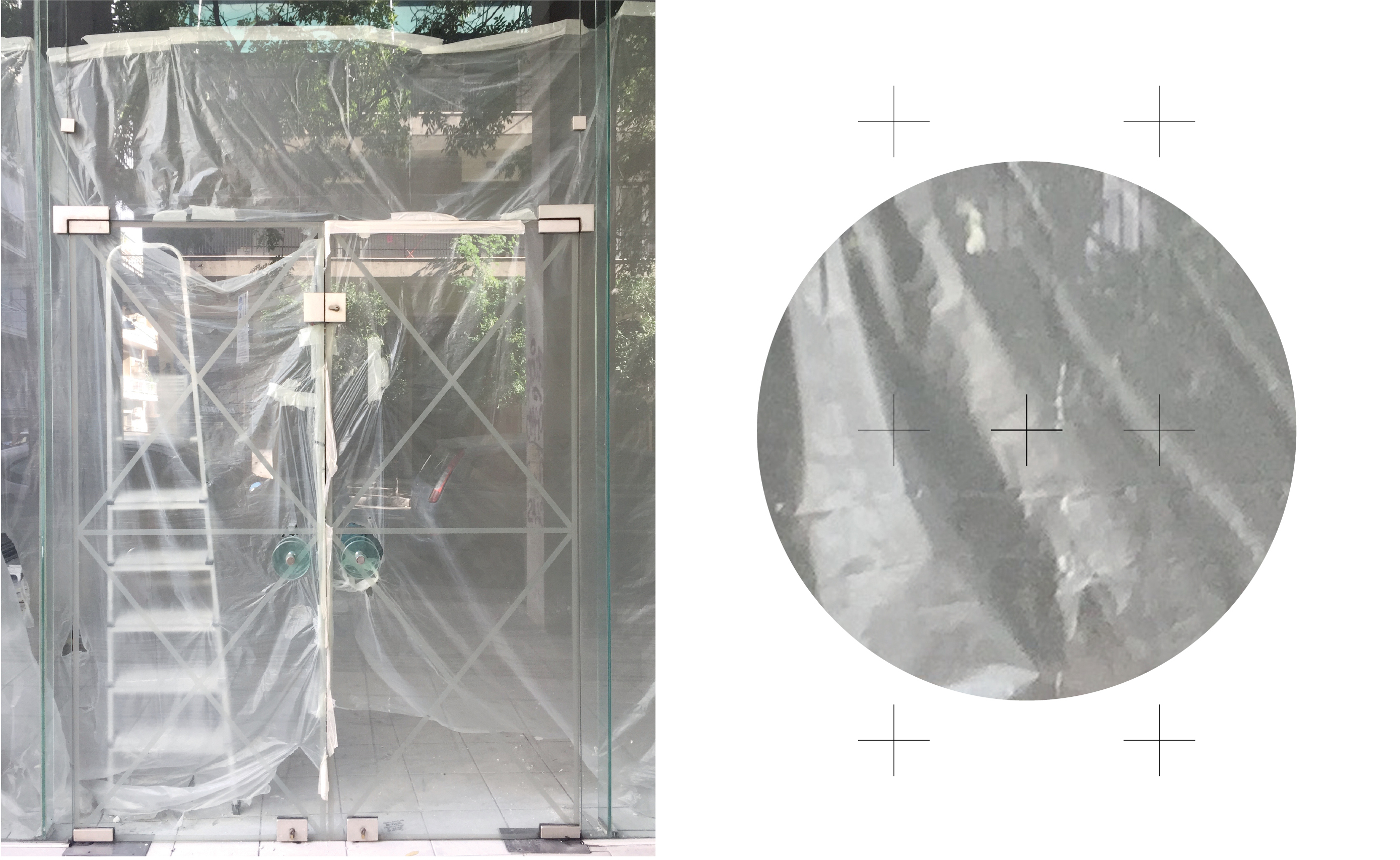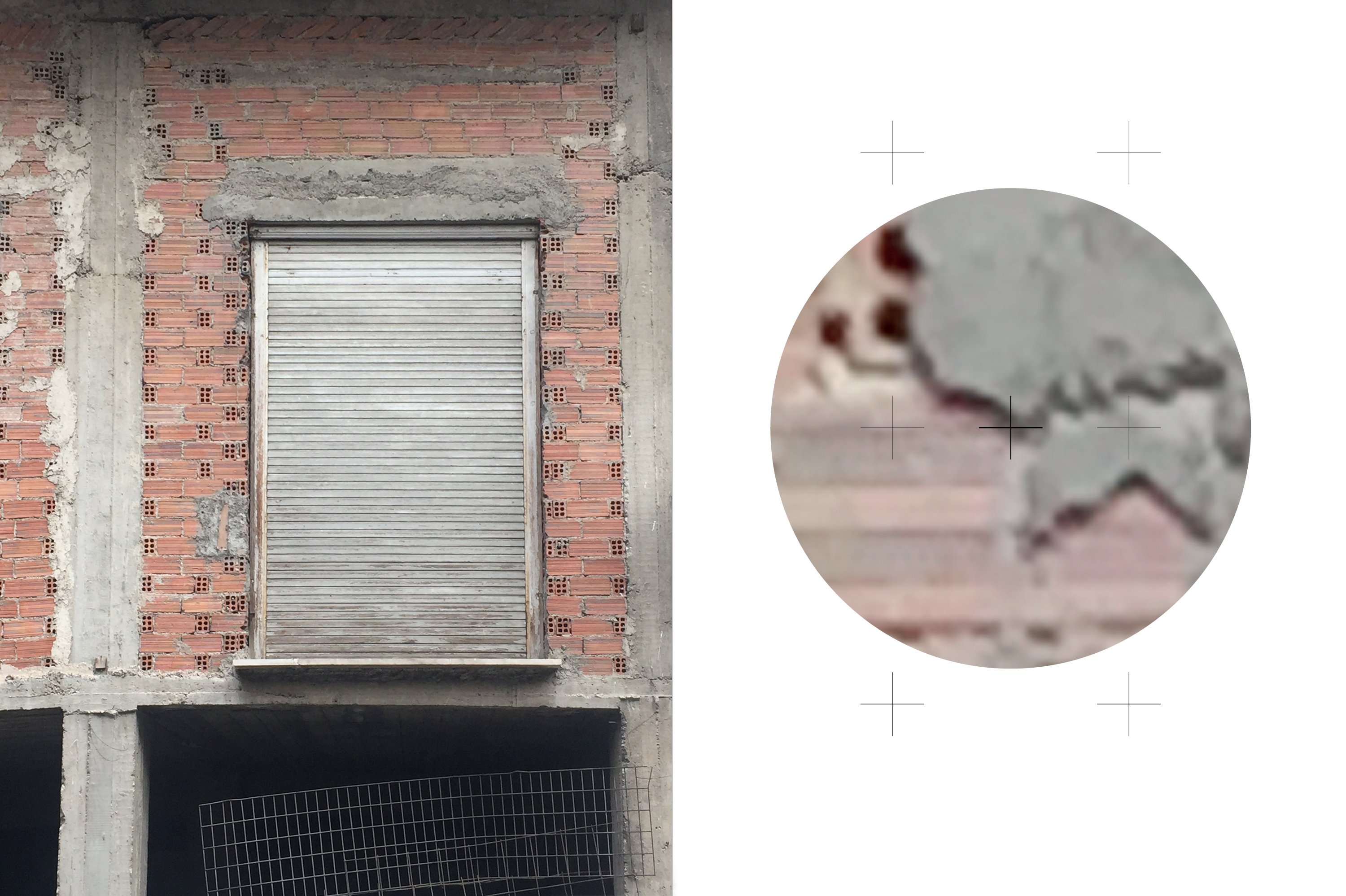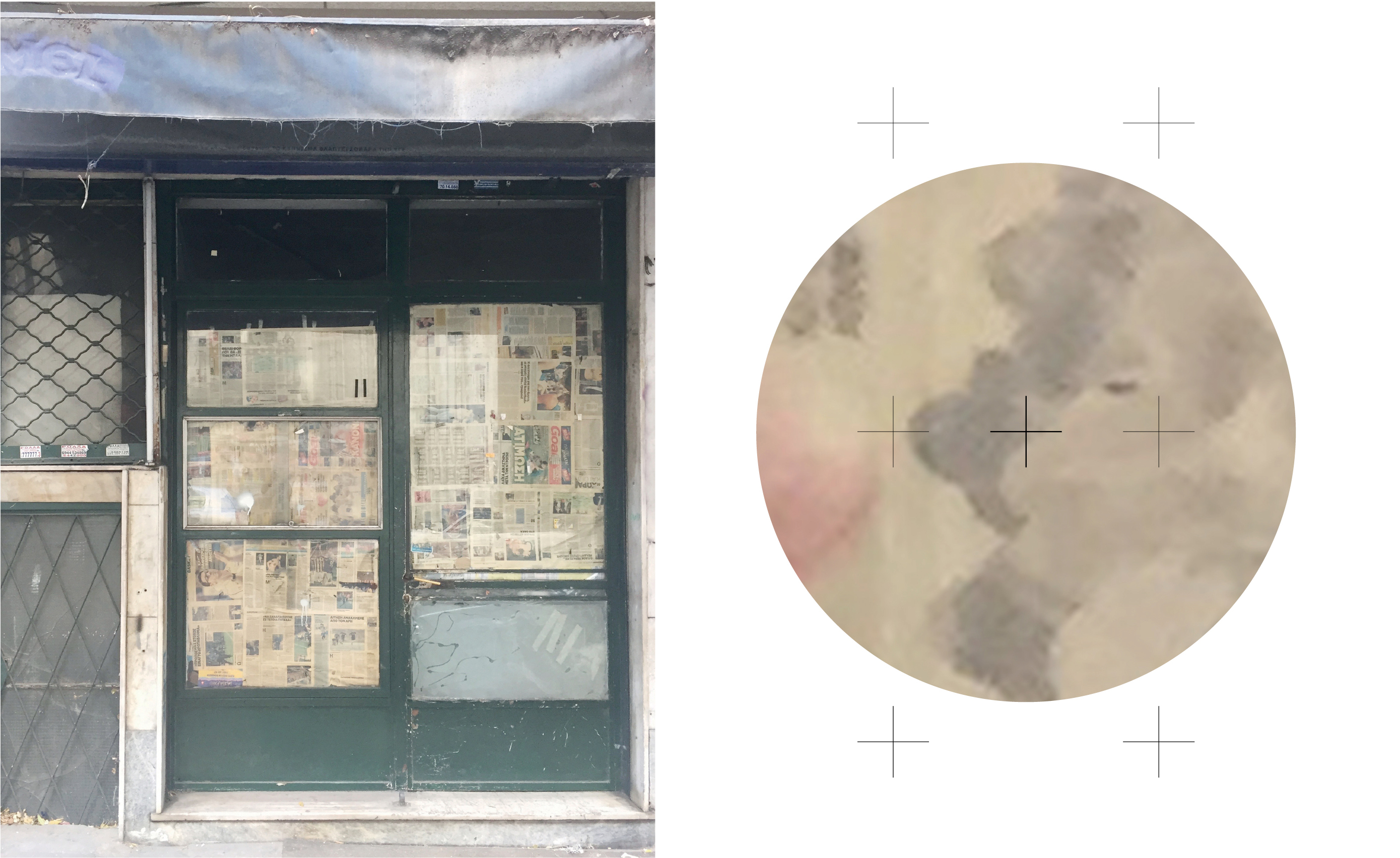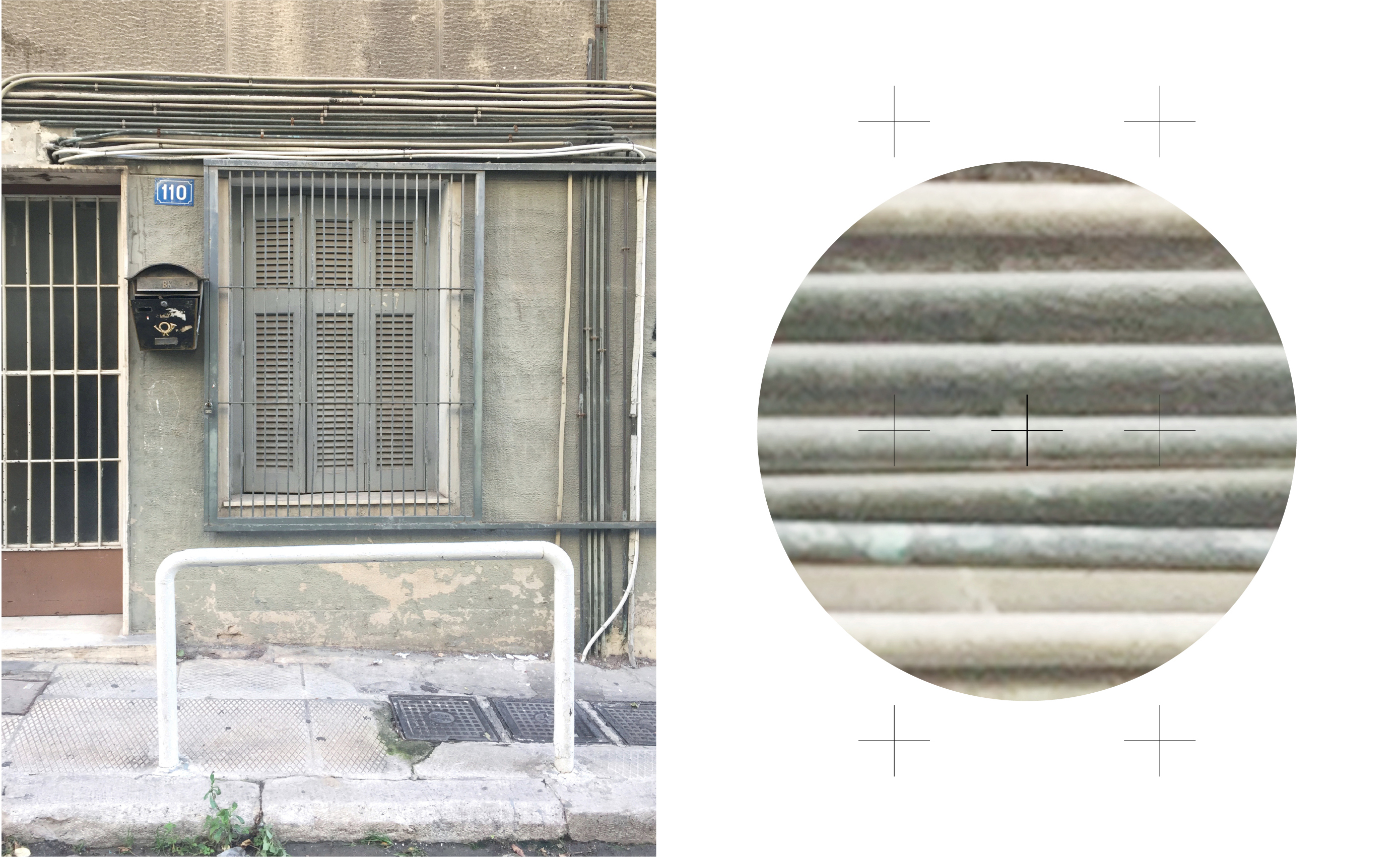THE PAST OF THINGS TO COME
2018
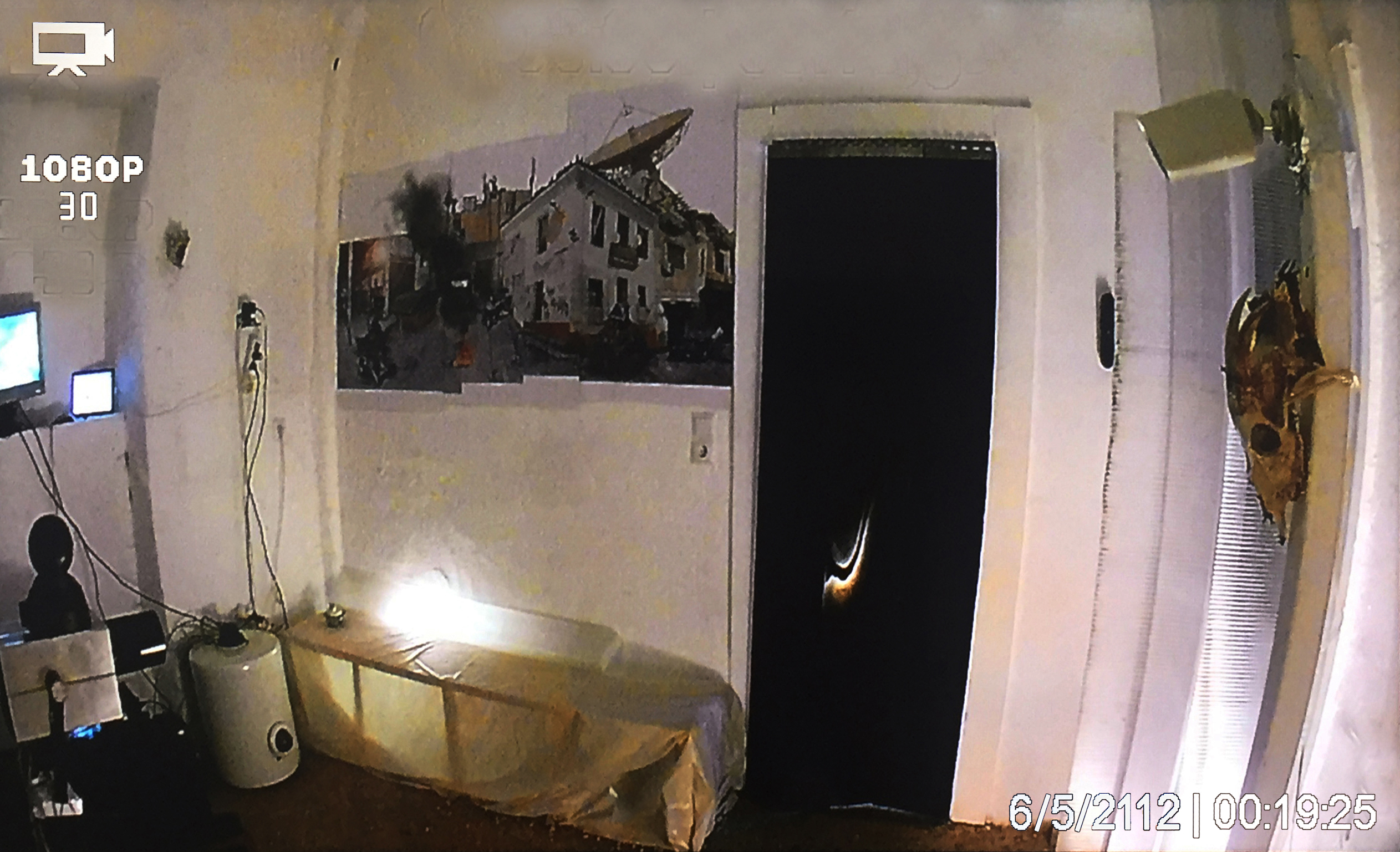
The Past of Things to Come is a site-specific interactive installation
based on an alleged occupation of a building, developing into a critical and
sarcastic narrative of a dystopic future by applying fictional and real events.
The installation spans in two
rooms: The room where the visitors first enter is a display/exhibition room, and
the other one is a bunker, a safe room. The visitors entering the exhibition room
have no idea of the existence of the bunker. The display resembles that of an
archive, consisting of visual documentation, mainly photographs and footage
from surveillance cameras, all dated in 2112. What it is depicted is an
enclosed space, a building and its surroundings which is no other than that of the
exhibition. Yet the images present a completely different situation: it looks
like a disaster had struck and the interior space served as a shelter and
eventually turned into a bunker.
However the visitors soon
discover that this room actually exists. A secret door in the exhibition space
leads them to the future-past bunker. The surveillance cameras in that room transmit live in the
monitors in the exhibition room, so the visitors in the bunker are now part of
the display as they are watched by the newcomers who will soon take their
place.
The visitors’ role changes from spectators to participants suggesting not
only a change of relations between them, but also of time and space. This
incessant shifting between a virtual past, present and future, private and
public, outside and inside, near and far,
creates a loss of coherence where linear time and space orientation does not
make sense, like being in a kind of loop, which leaves no ground for fixed or
secure positions and points of view.
Download pdf here for more.
The catalogue of the exhibition The Past of Things to Come was published by Cube Art Editions with texts by Elina Axioti and James Bridle. Available for orders here.
Curated by Elina Axioti
Special thanks to:
Evangelia Argyrou
Dimitris Mitropoulos
Eleni Saroglou
With the support of NEON, the Architecture Syndicate and A-DASH.
Supporting
Creativity
![]()

